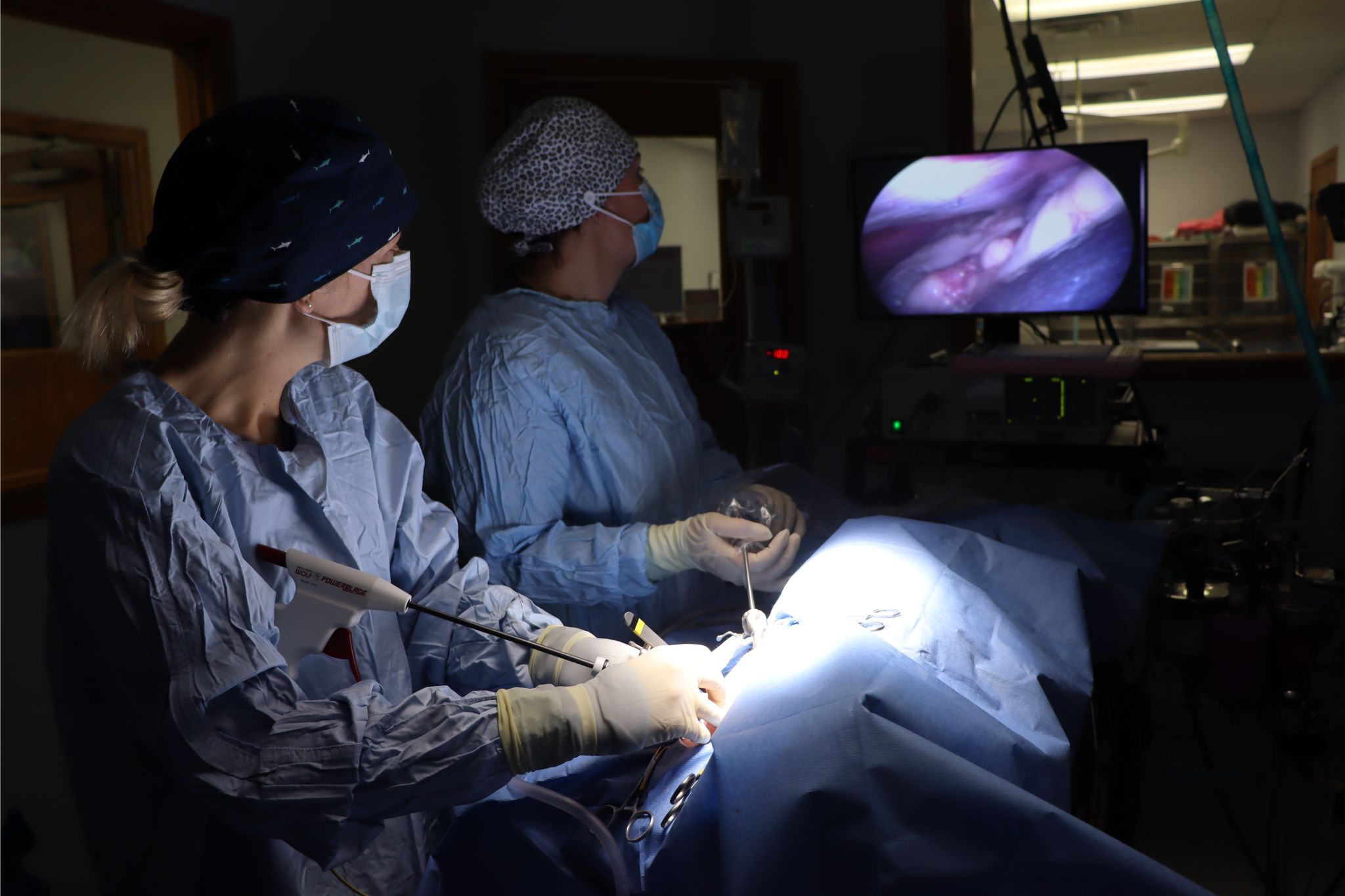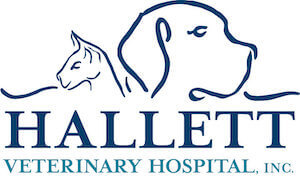What Is Laparoscopy Surgery?
We take pride in the fact that our patients undergoing laparoscopic surgery experience less pain and a significantly reduced recovery time versus many types of classical, open abdominal veterinary surgeries.
To perform veterinary laparoscopy, a veterinarian makes a small incision, about 5 mm long, in the dog or cat's abdomen. A special miniature telescope is then inserted into the incision. Real-time video from the camera is displayed on a monitor, allowing the veterinarian to view individual organs inside the dog and to guide their surgical instruments.
What Is Beneficial About Laparoscopic Surgery?
Laparoscopic surgery, is increasingly being used in veterinary medicine due to being less invasive. It has several distinct advantages over open abdominal surgery, including:
- Smaller incision sites
- Less postoperative pain
- Quicker recovery time
What Procedures Are Candidates For Laparoscopic Surgery?
Laparoscopic surgery is used for procedures including:
- Liver biopsies
- Stomach-tacking (gastropexy) in larger dogs to prevent stomach twisting (gastric torsion) associated with bloat
- Spaying of female dogs and cats
- Intestinal biopsies
- Castration (neutering) of cryptorchid males (abdominal testicle)
Is Laparoscopic Surgery More Expensive Than Traditional Surgery?
Laparoscopic surgery is more expensive than open abdominal surgery, but in most cases, the benefits outweigh the cost.
